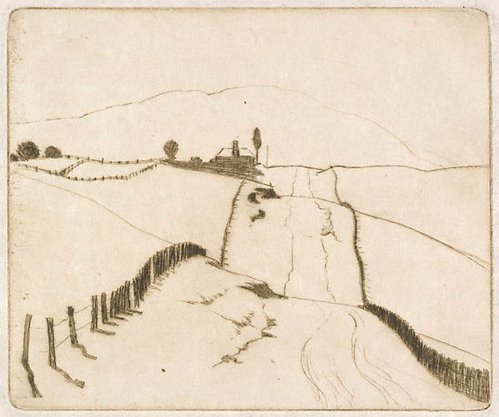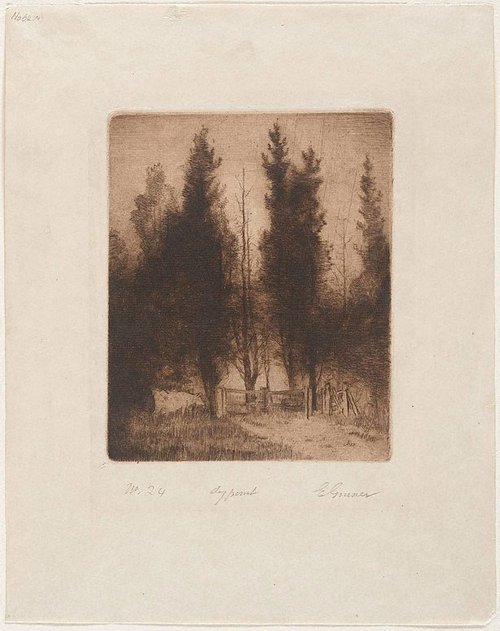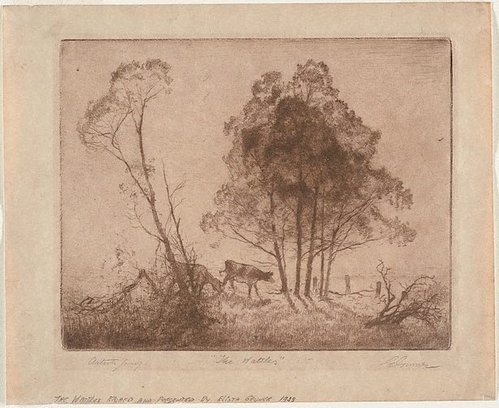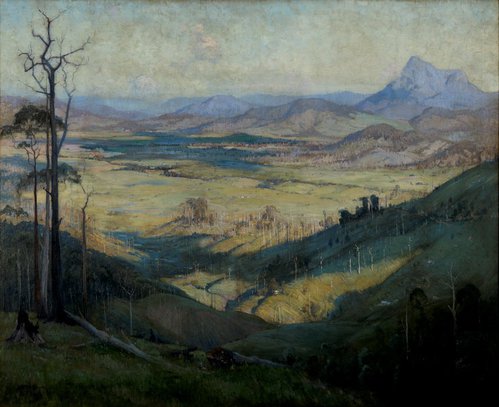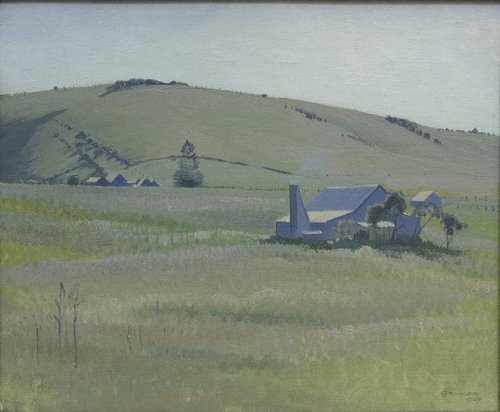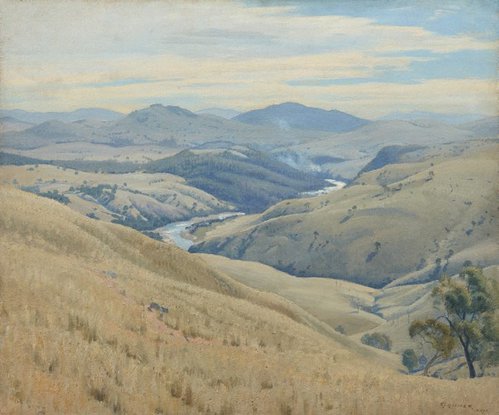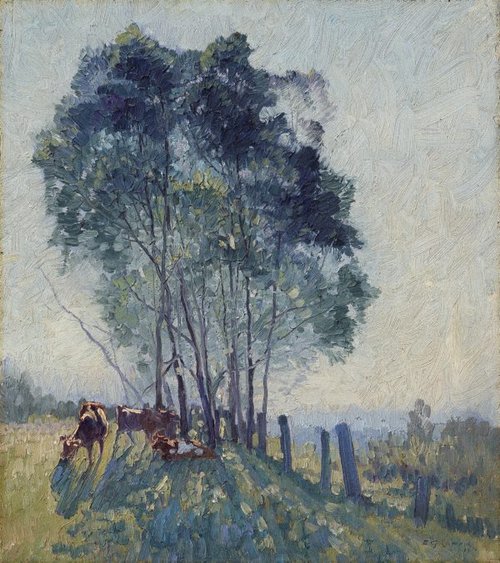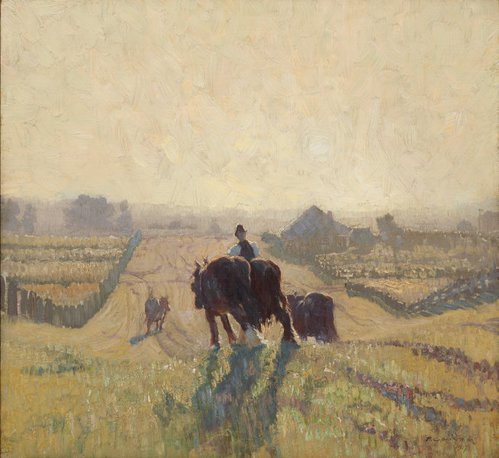Elioth Gruner
New Zealand, Australia
Born: Gisborne, New Zealand 16 Dec 1882
Died: Sydney, New South Wales, Australia 17 Oct 1939
Biography
Elioth Gruner is one of Australia’s most prominent landscape painters, best known for his ability to capture the ephemeral effects of light on the landscape.
Born in Gisborne, New Zealand in 1882, Gruner and his family immigrated to Australia when he was one year old, settling in Sydney. His mother encouraged his love of art and Gruner began attending art classes with Julian Ashton from around the age of twelve. After the death of his father and the marriage of his eldest brother, Gruner, aged fourteen, began to work long hours as a draper’s assistant at Farmer’s department store in order to help support his family. He continued to take art classes at night after working grueling twelve-hour days. Gruner exhibited for the first time, with the Society of Artists, in 1901, with a still-life painting. He continued to paint still lifes throughout his career, most often when he was at home in Sydney, preferring to paint landscapes when he was able to paint outdoors en plein air, in the manner of the Impressionists he so admired.
In 1912, aged thirty, Gruner left the drapery business and devoted himself full-time to art. He worked for Julian Ashton as a gallery manager for a time, and then as a teacher at his art school. Gruner spent weekends painting beach and harbour scenes around Sydney, including Bondi beach ca. 1912 and Afternoon, Bondi 1915.
In 1915 Gruner began to travel to the farmlands of Emu Plains, west of Sydney, where he painted some of his most prominent landscapes, including Morning light 1916, which won the Wynne Prize that year, as well as Summer morning 1916 and Frosty sunrise 1917. Gruner preferred to rise early in order to capture the long shadows of the rising sun and the atmospheric qualities of early morning light. Gruner’s masterpiece of the Emu Plains series, and his best-known painting, Spring Frost 1919, won Gruner his second Wynne Prize. With the Emu Plains works Gruner demonstrated his great ability to capture light. The dappled foreground of Spring frost is rendered in short daubs of paint, blending perfectly to mimic the long shadows of the cows amid the green pasture. The cows, more finely painted, are outlined in white and gold paint and the farmer’s translucent pink ears perfectly render the effects of the rising sun behind.
With the death of his beloved mother in 1922, Gruner was free to pursue overseas travel. He spent time in England, France and Italy from 1923-25, where he was exposed to the work of Paul Cézanne and Paul Gauguin. He produced high-key works inspired by European modernism, such as Devon pastorale and Aloes, St Tropez both ca. 1924. On his return to Australia his works of the late 1920s showed aspects of modernism in their broad, flat planes of colour and simplified forms.
Gruner spent time painting en plein air in parts of Victoria, South Australia and Western Australia, but most often in New South Wales. From around 1926 he began to spend significant amounts of time in the Canberra region, often staying with pastoralists and painting landscapes including On the Murrumbidgee 1929 and Weetangera, Canberra 1937, both of which won the Wynne Prize.
A memorial exhibition of Gruner’s work was held at the Art Gallery of New South Wales in 1940 and a retrospective exhibition was held at the Gallery in 1983. The exhibition Elioth Gruner: the texture of light was held at Canberra Museum and Gallery and Newcastle Art Gallery in 2014.

